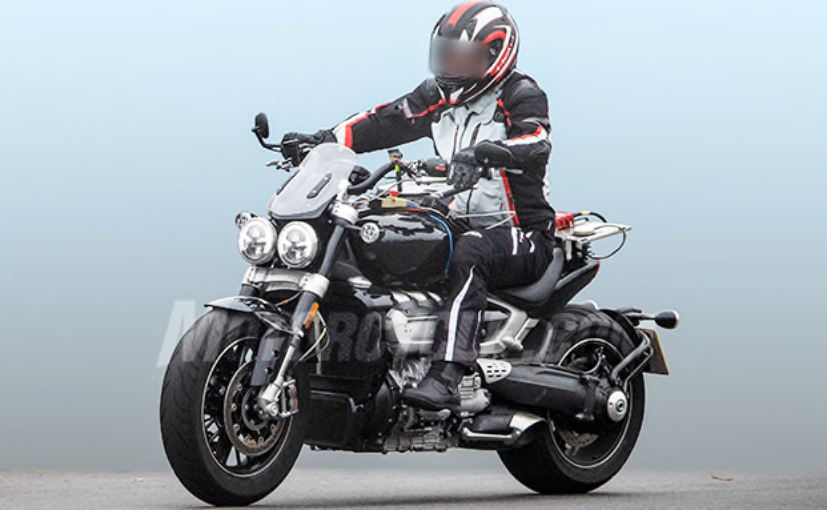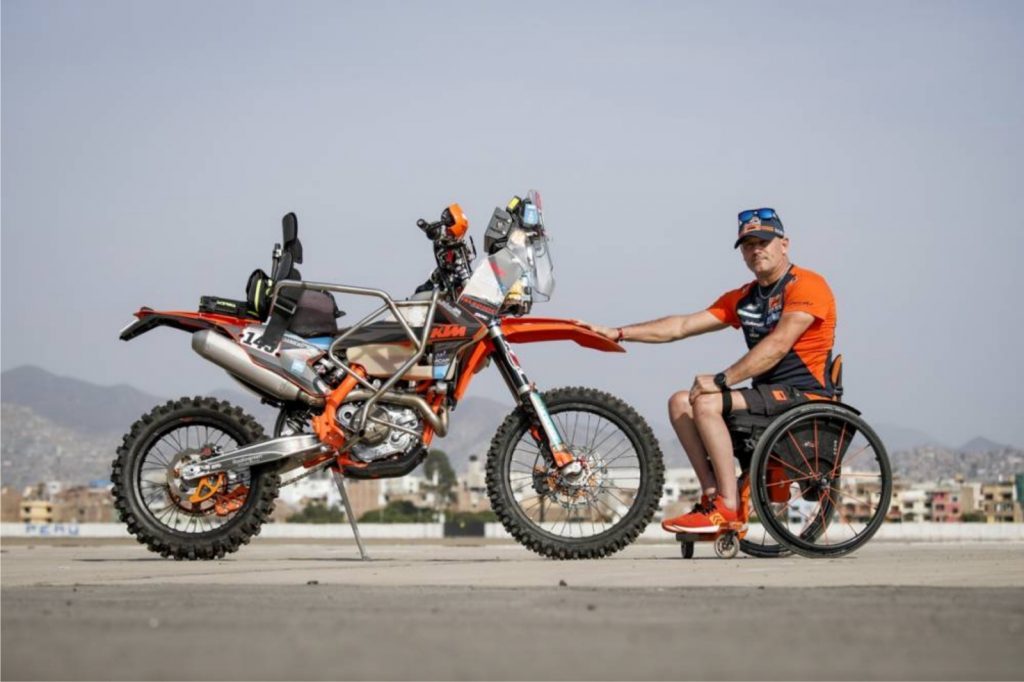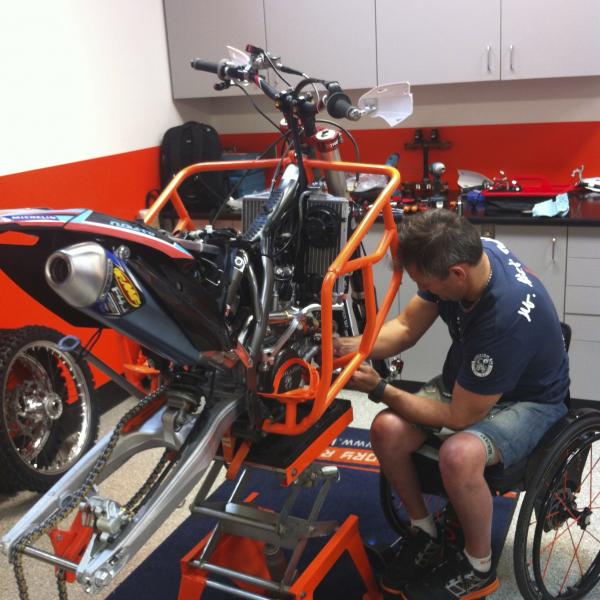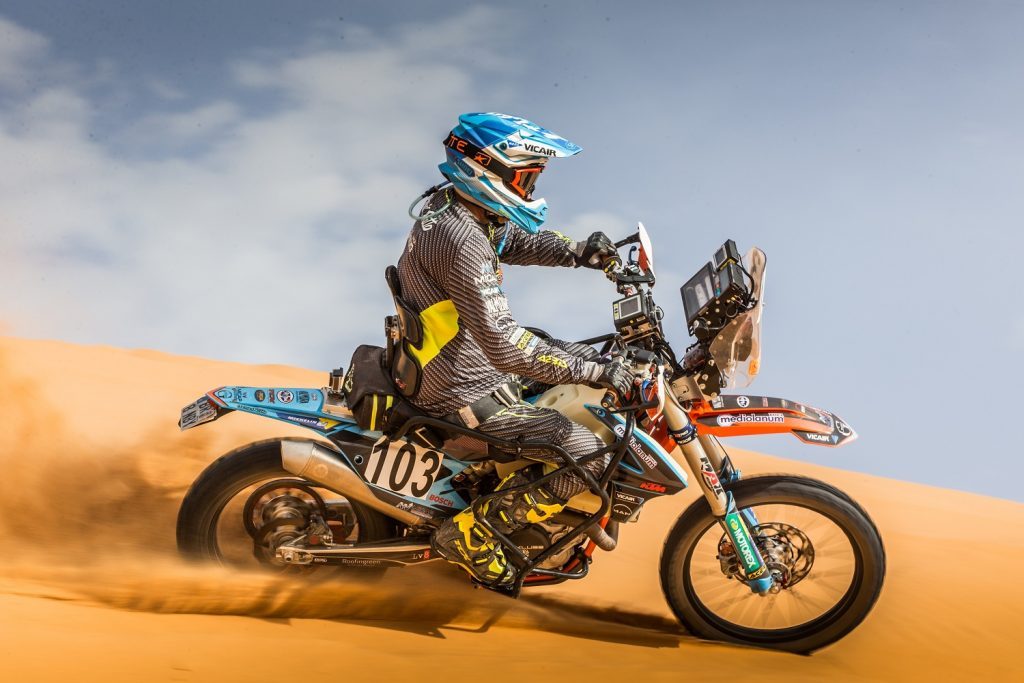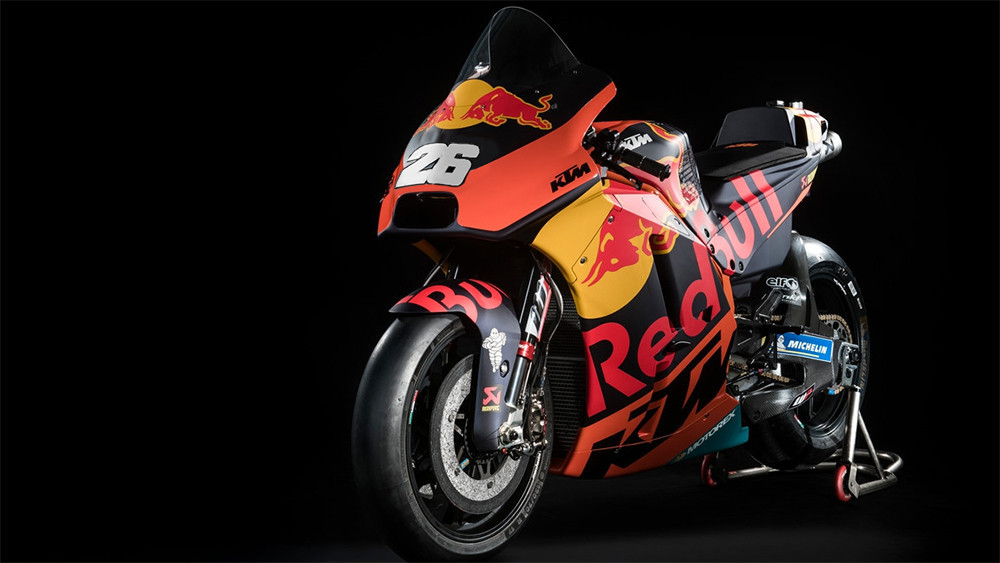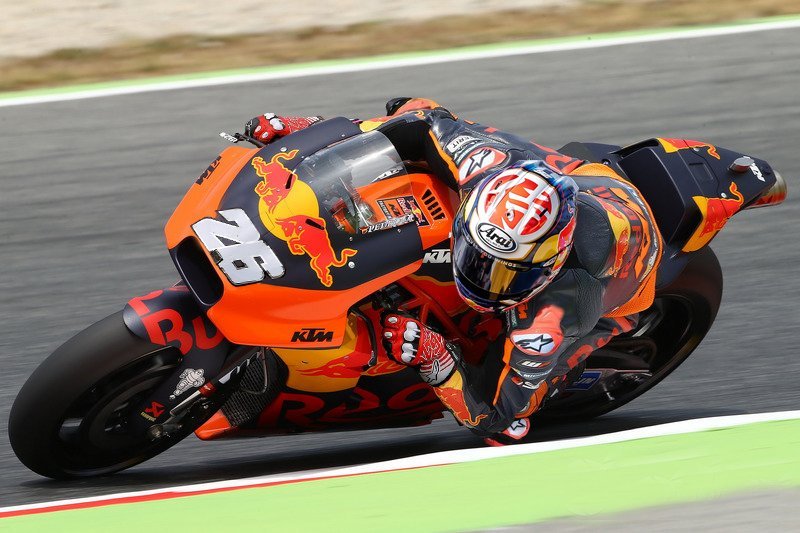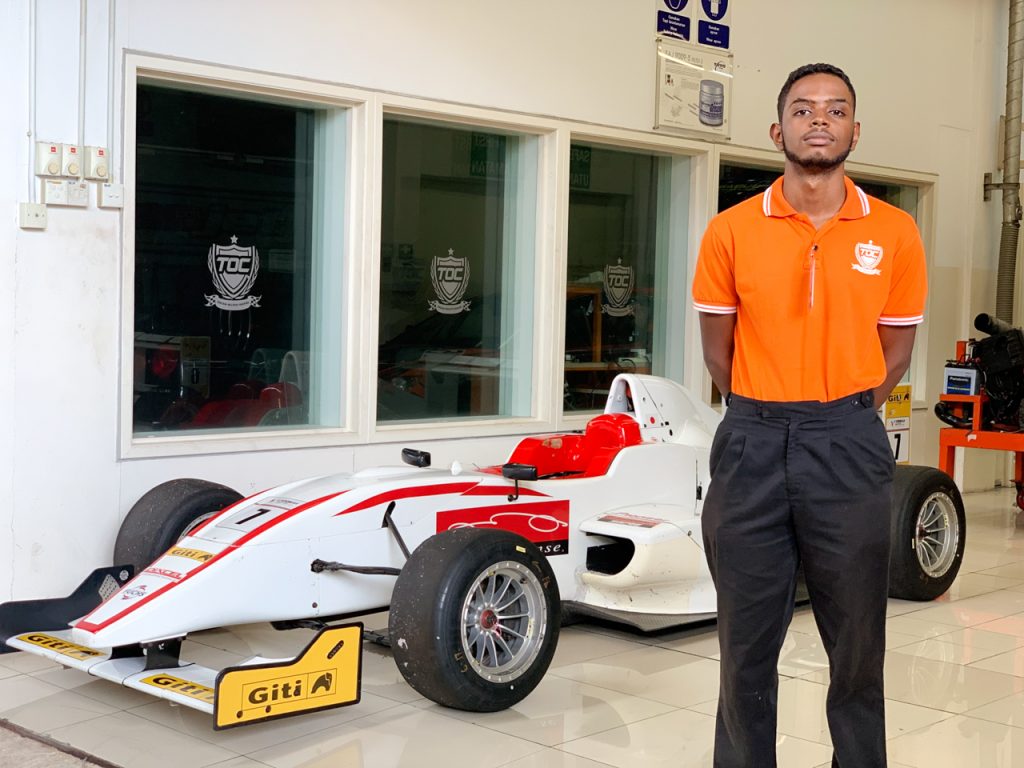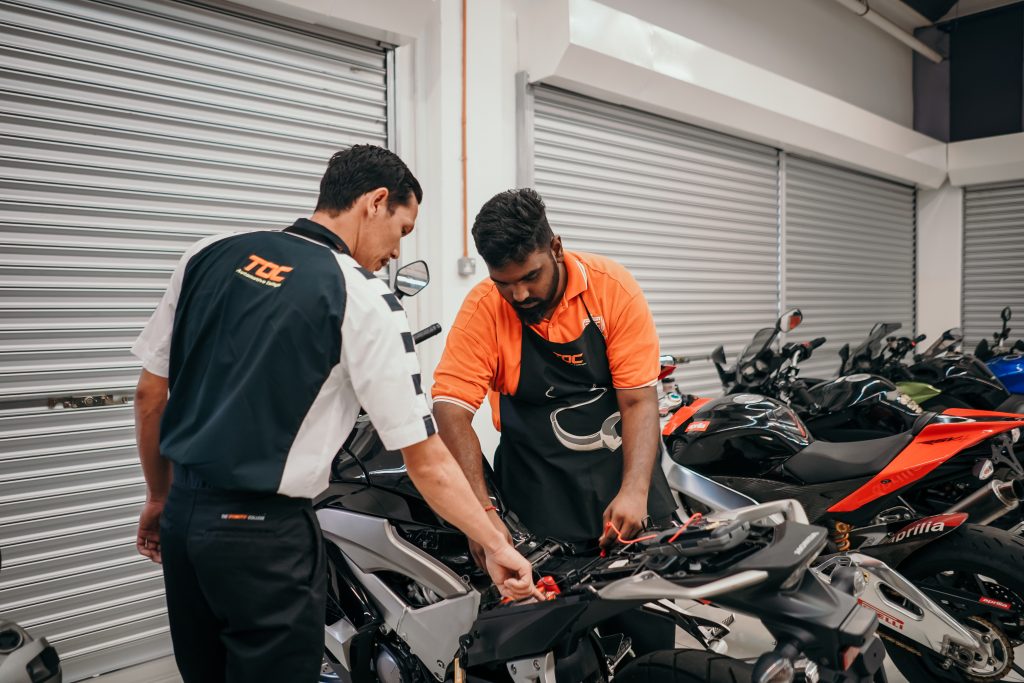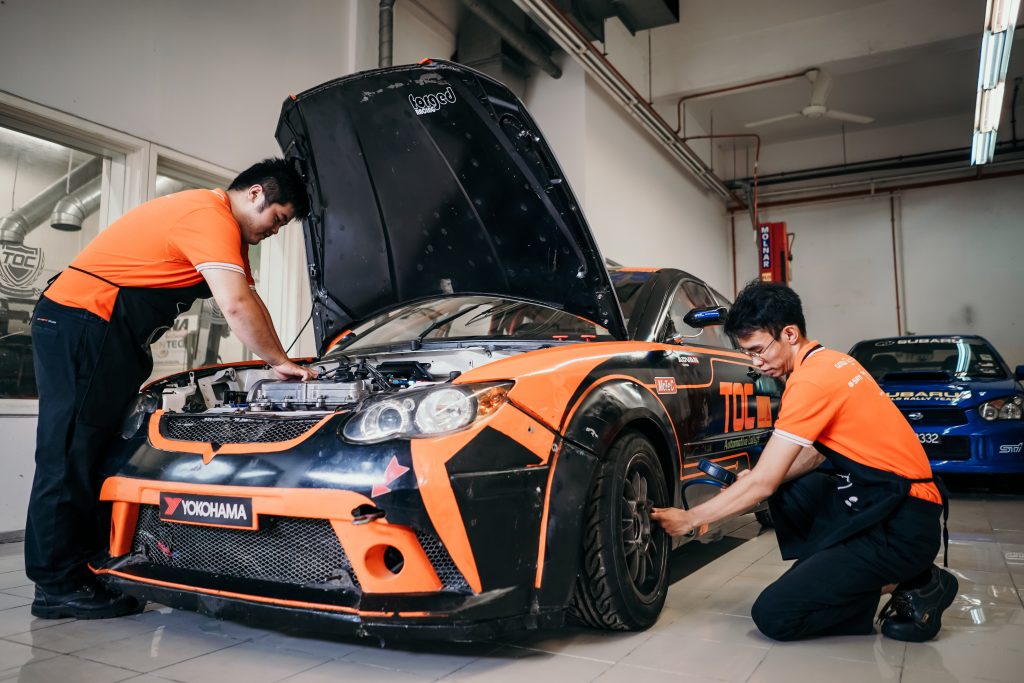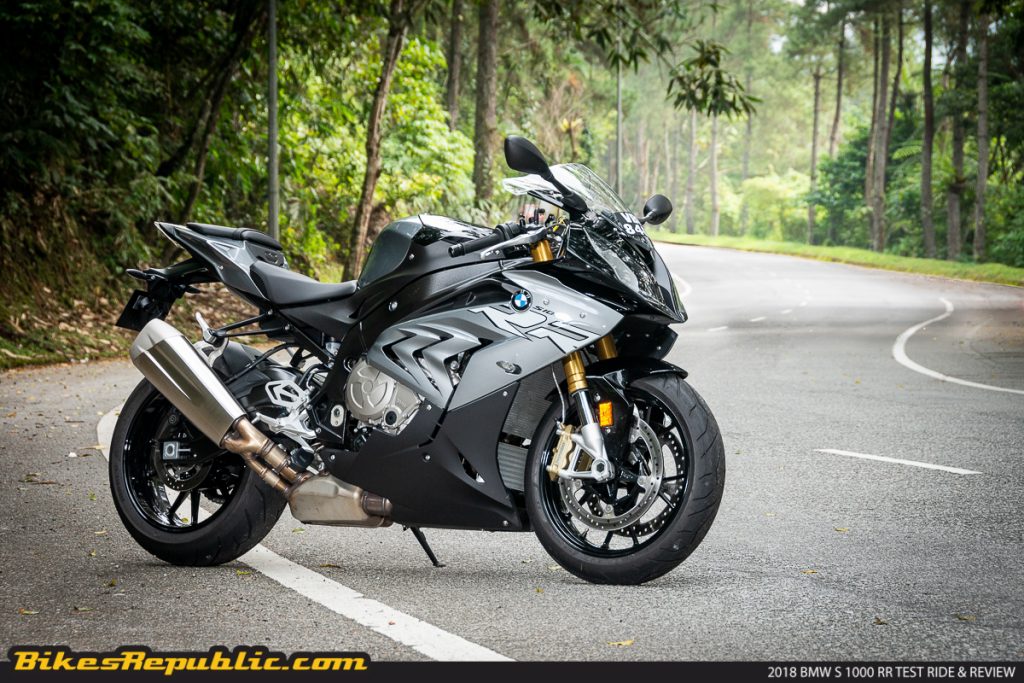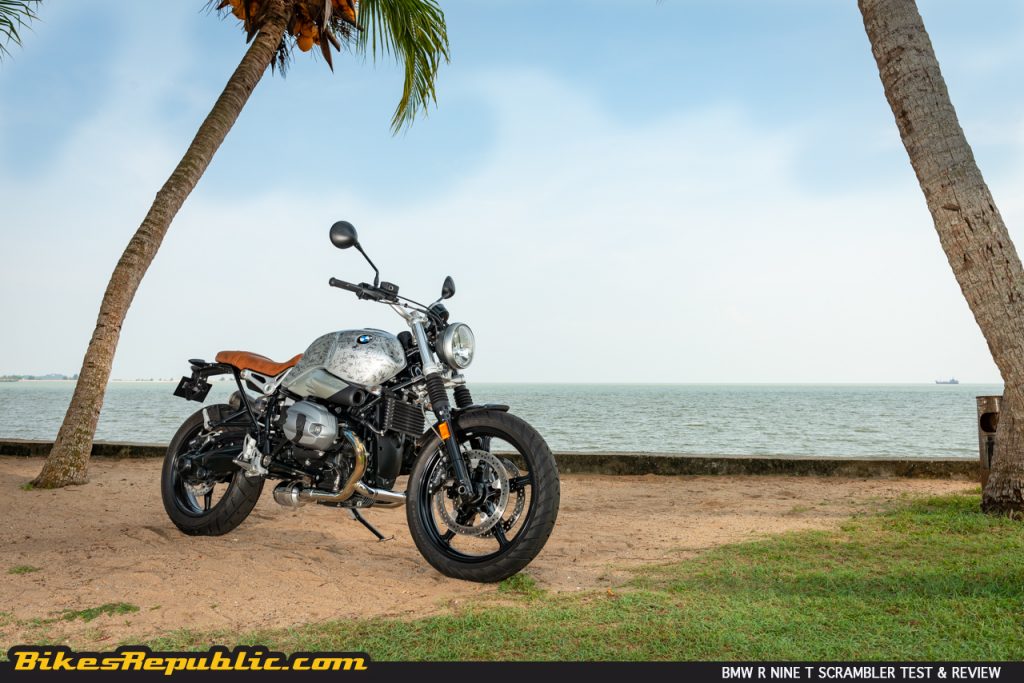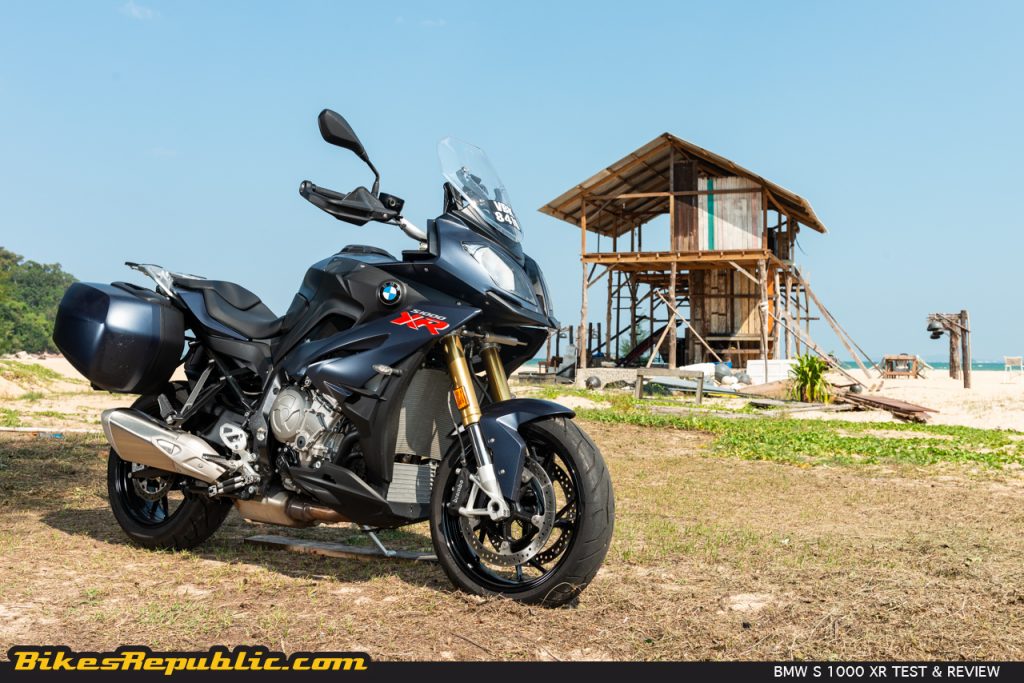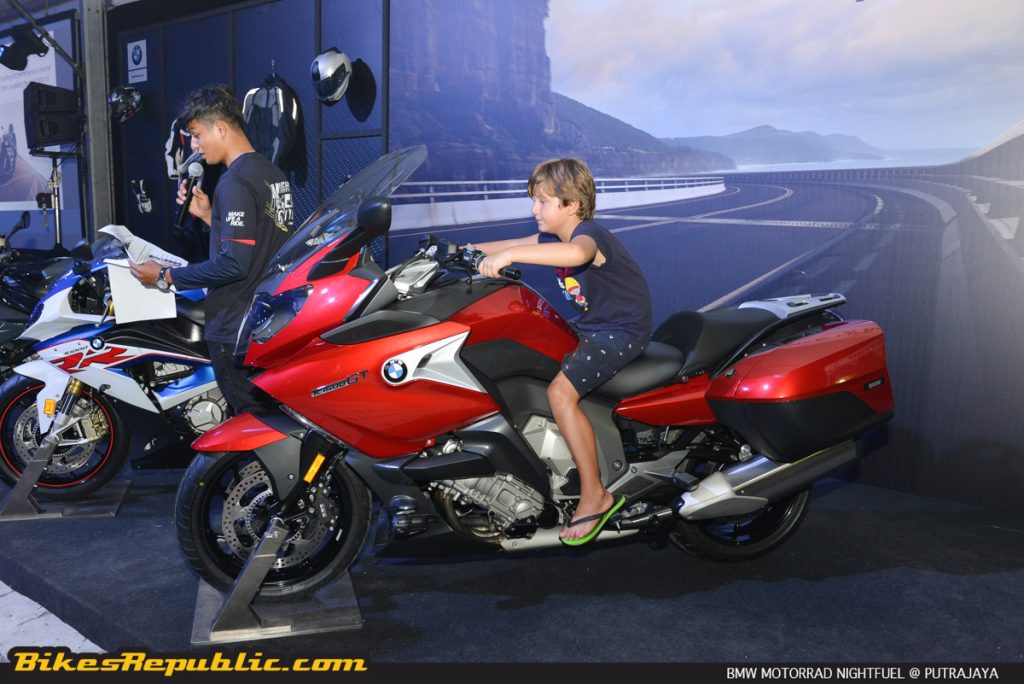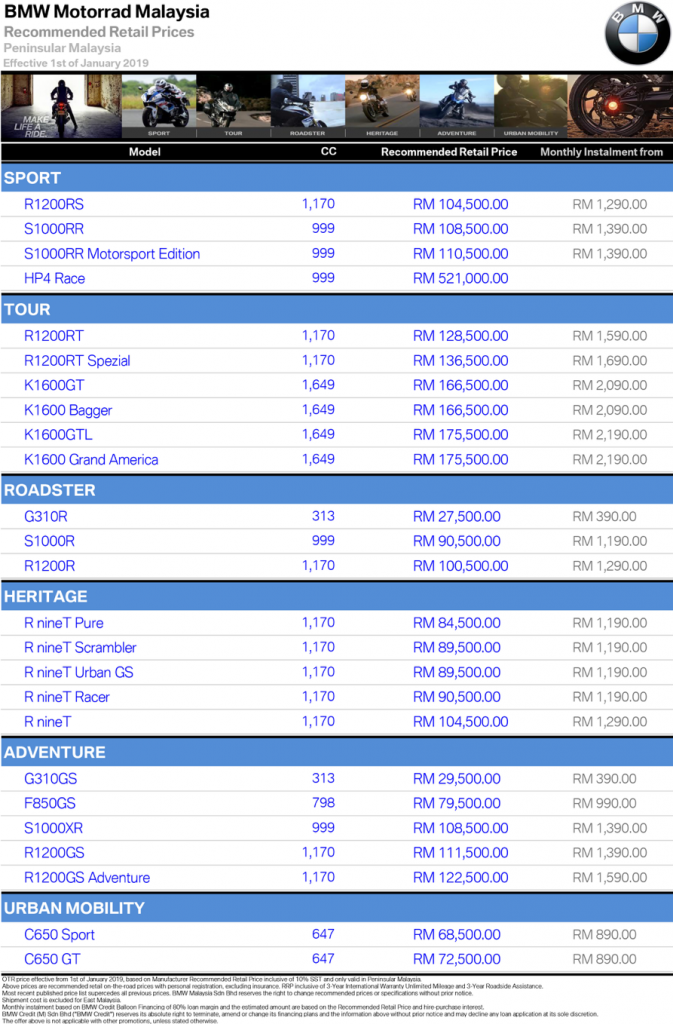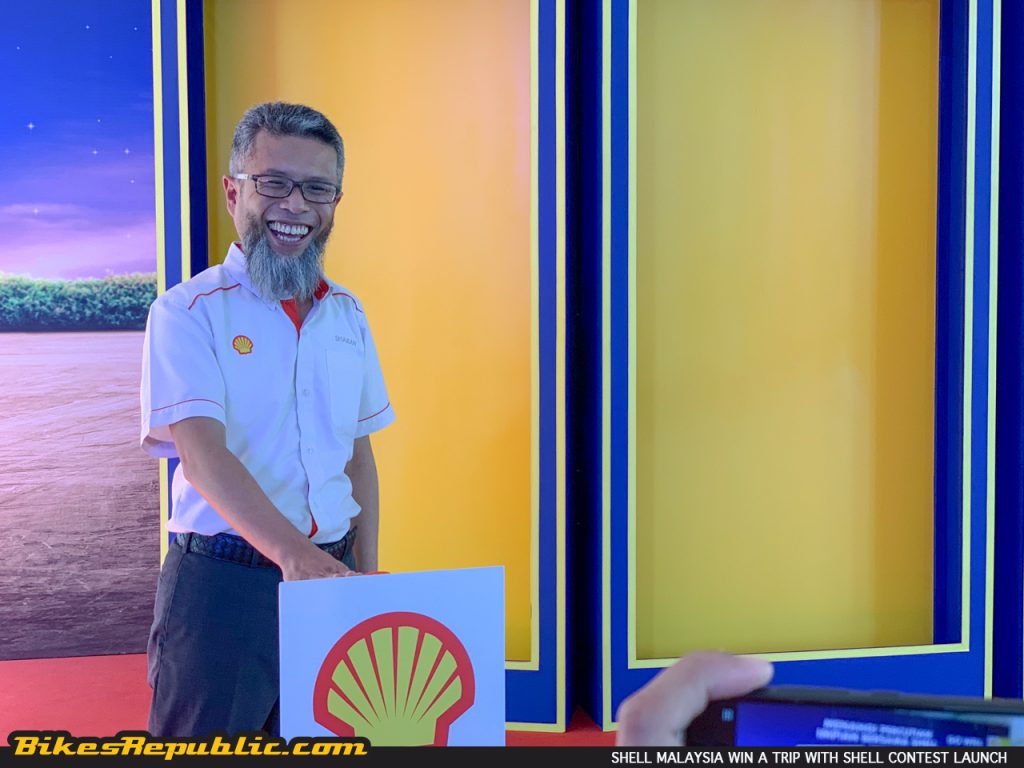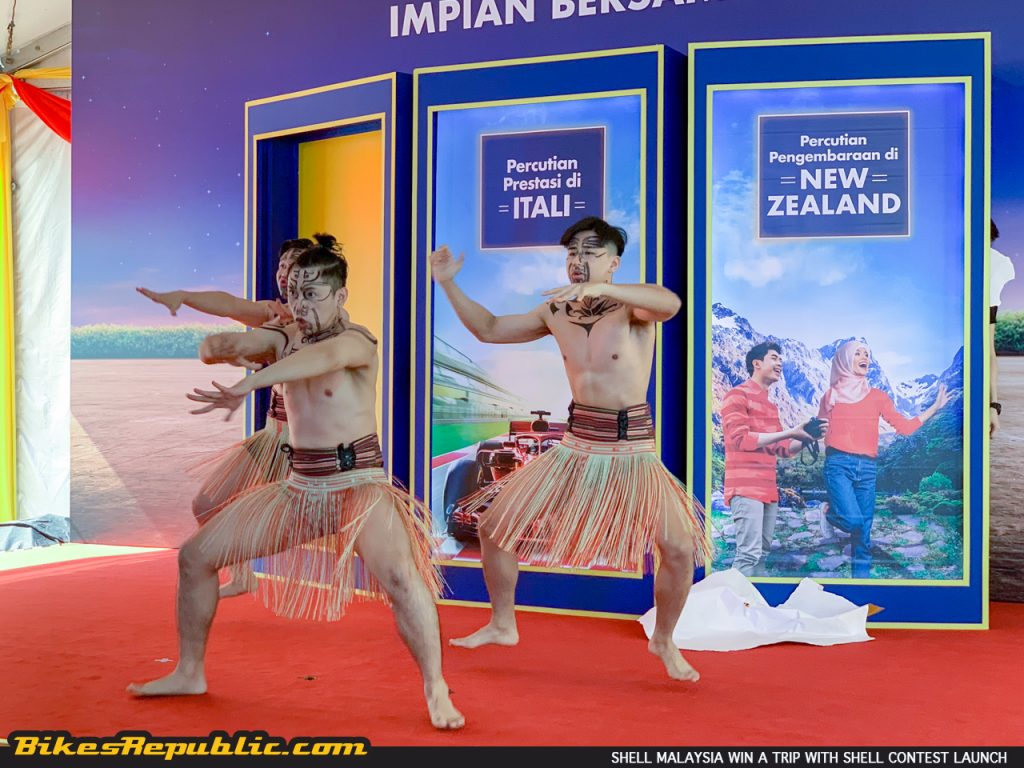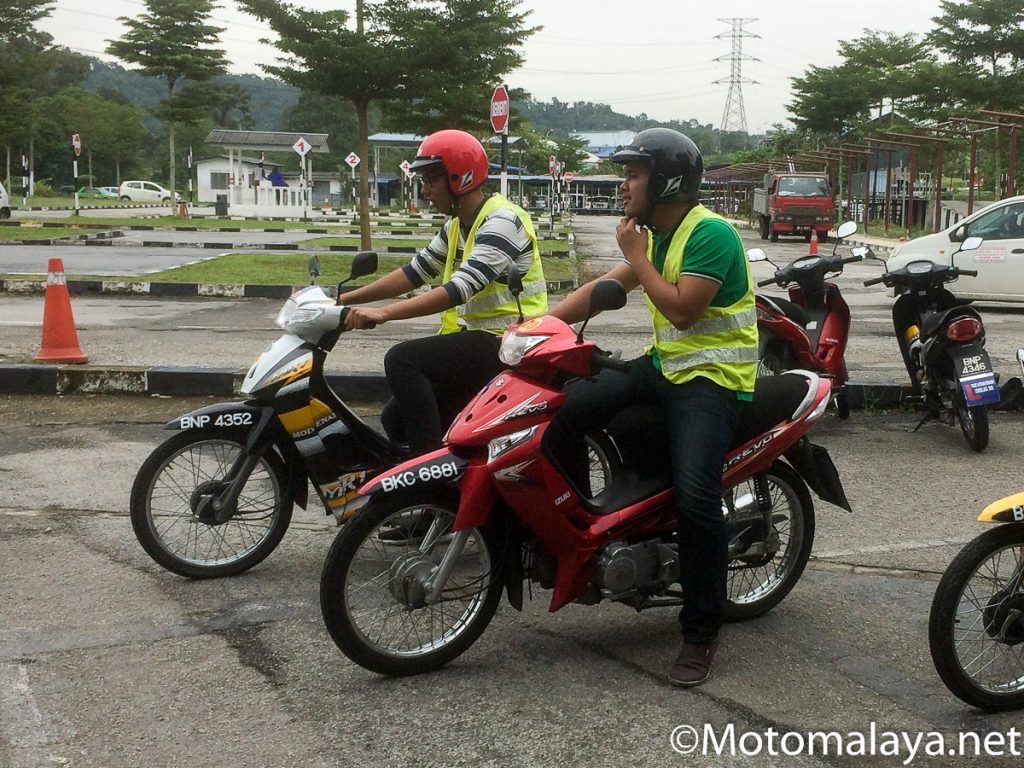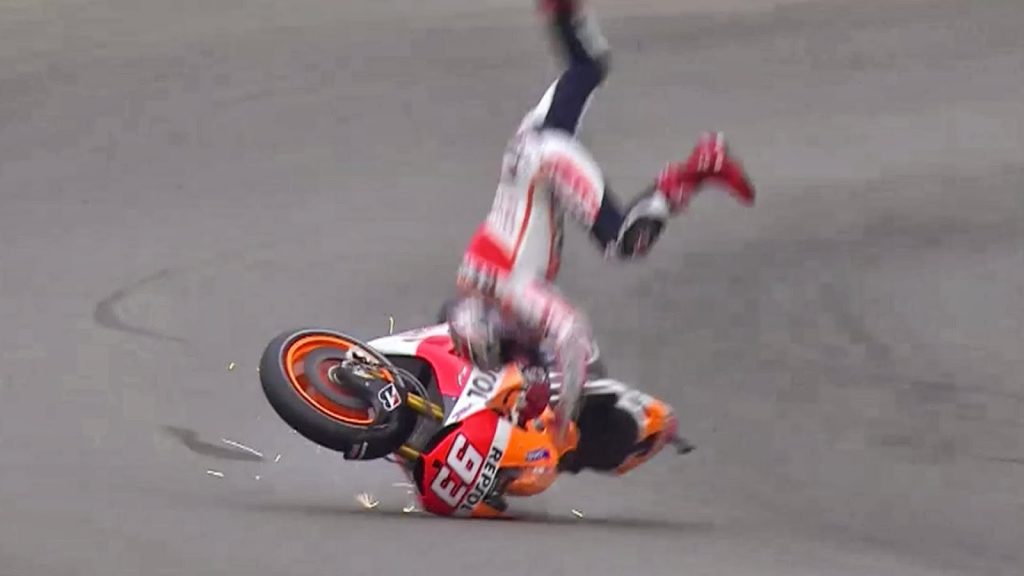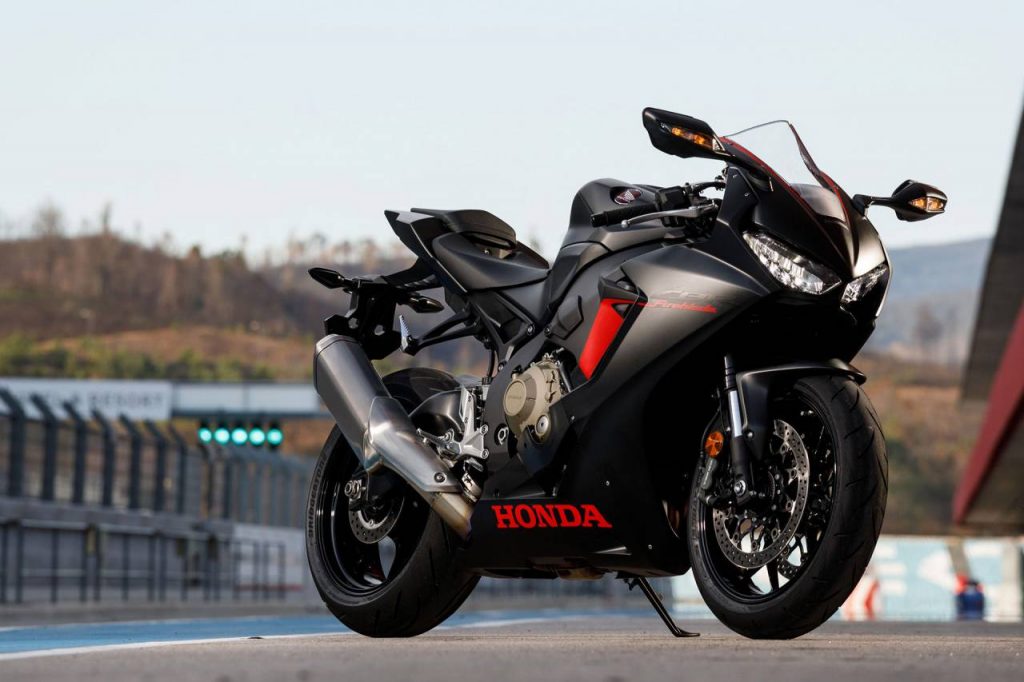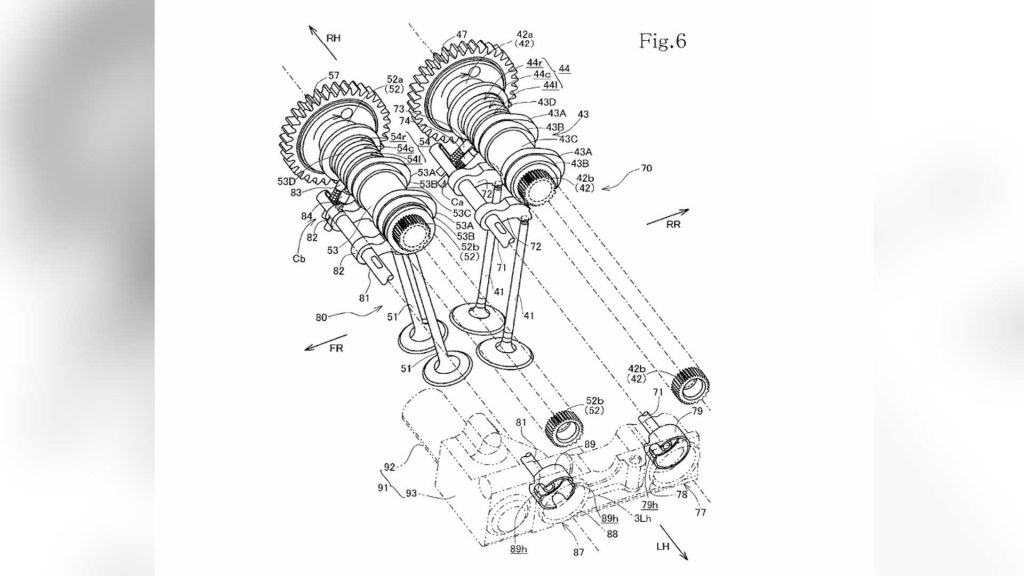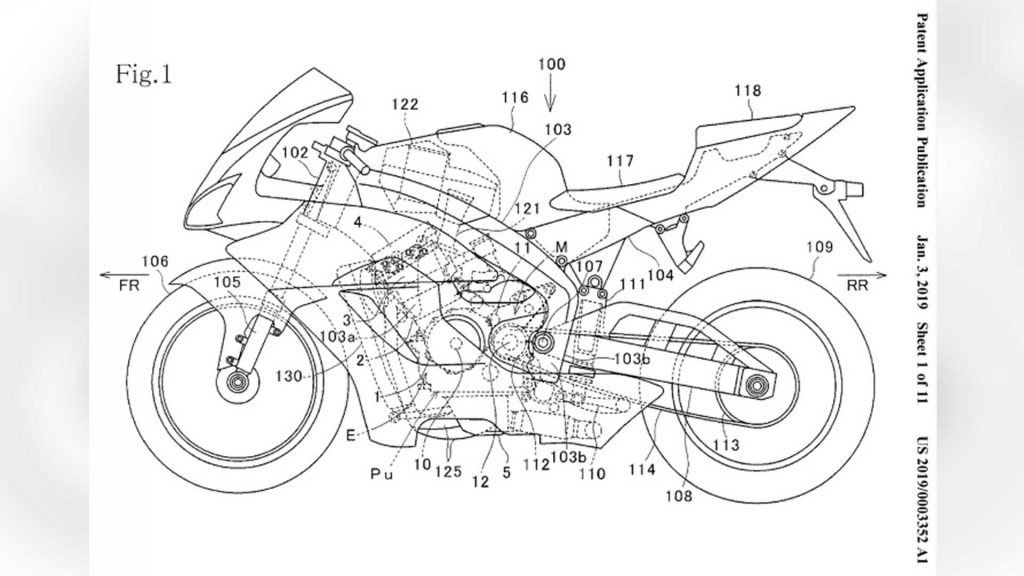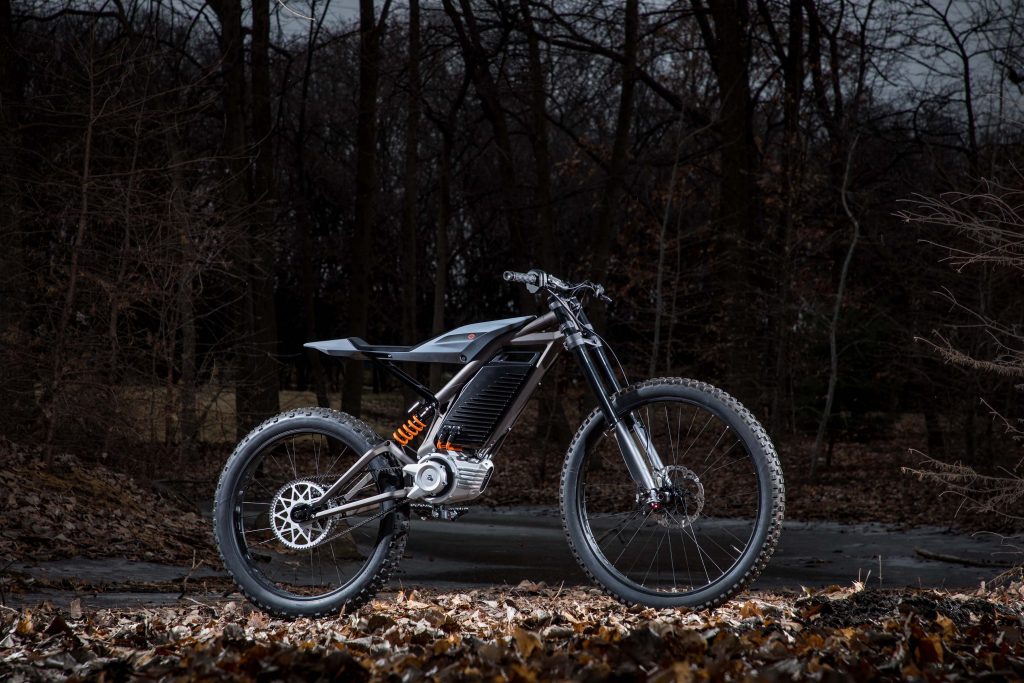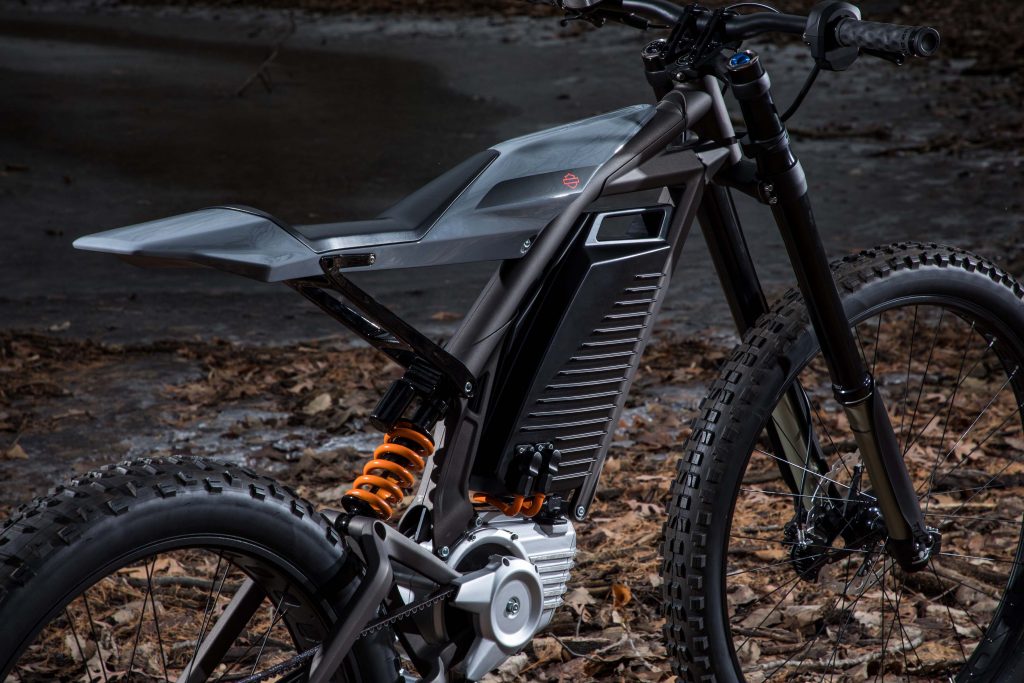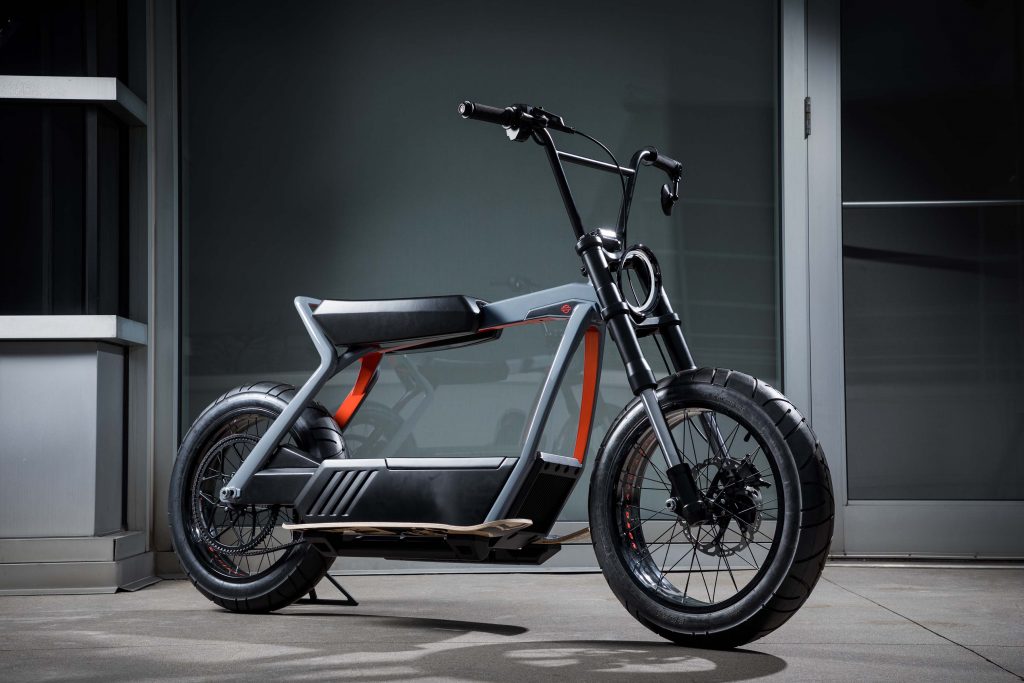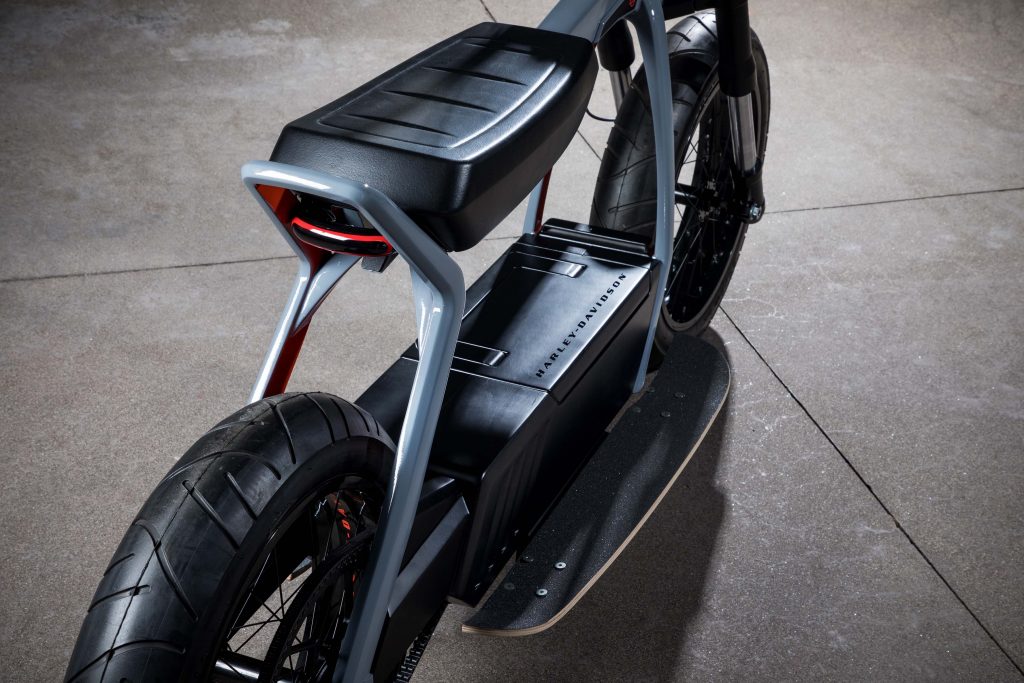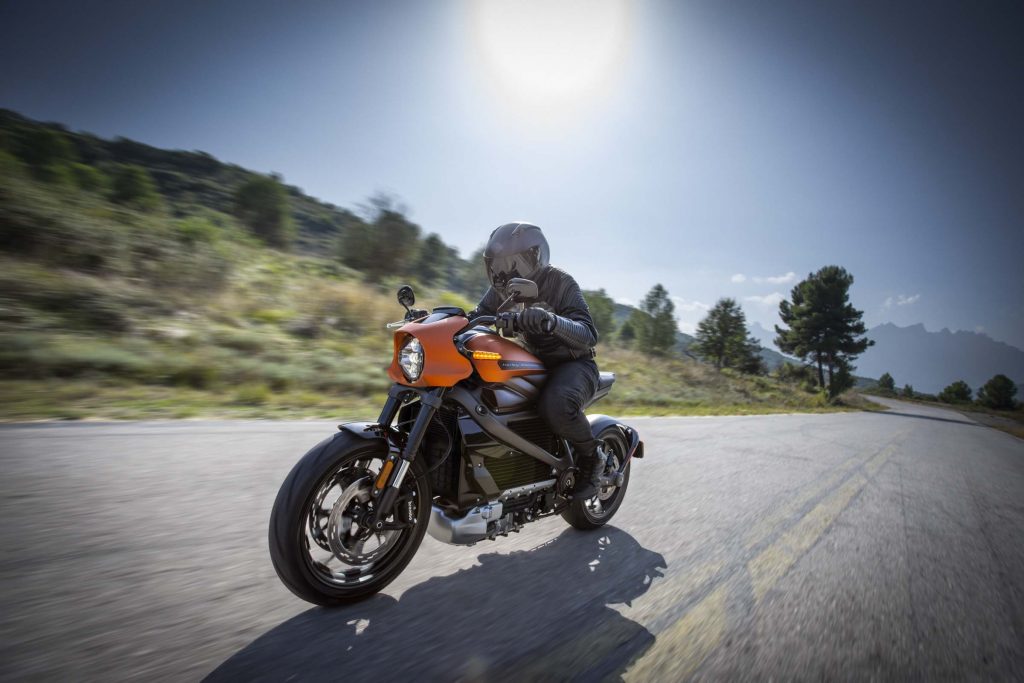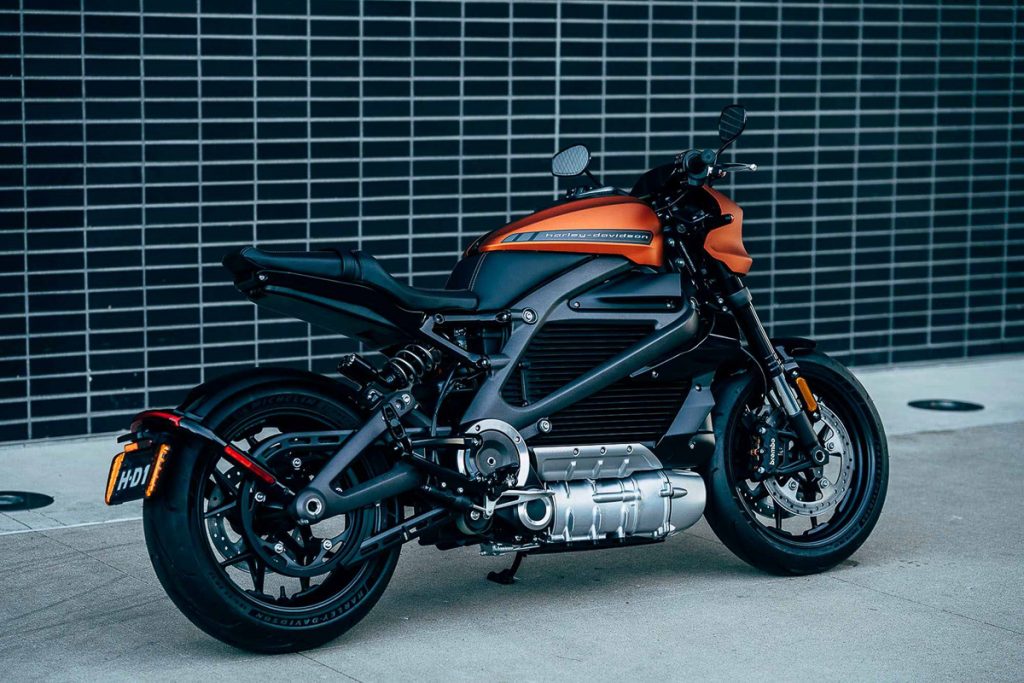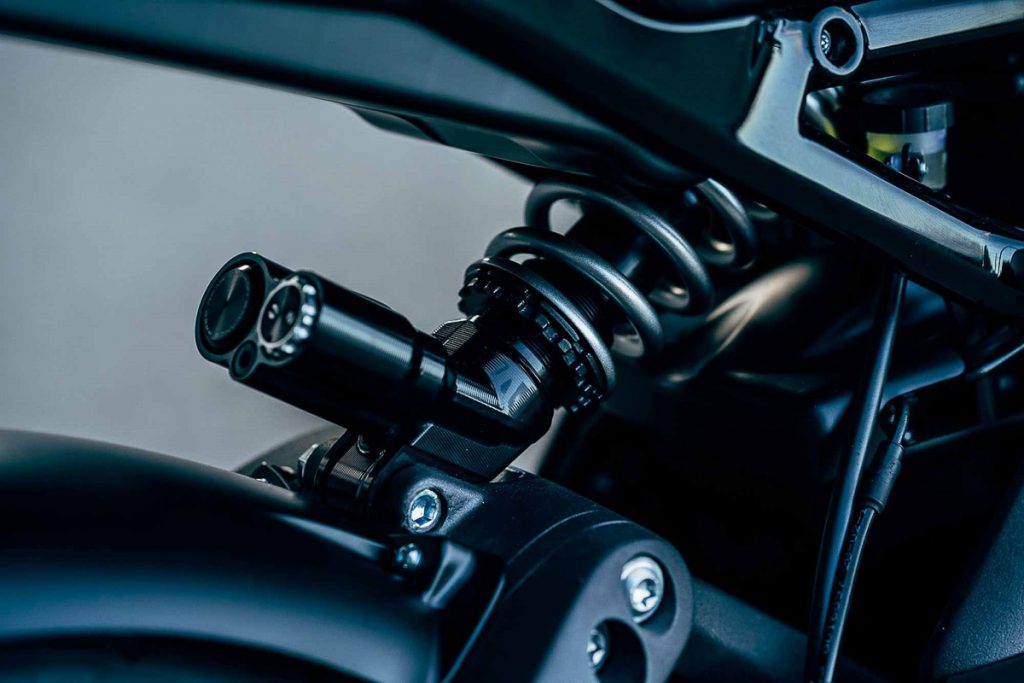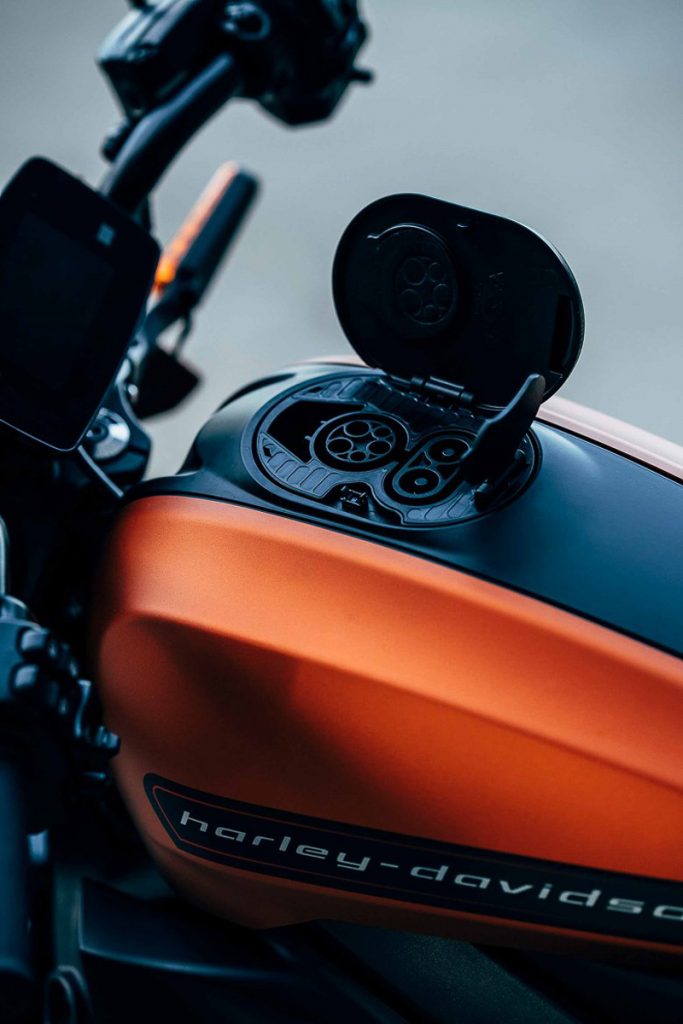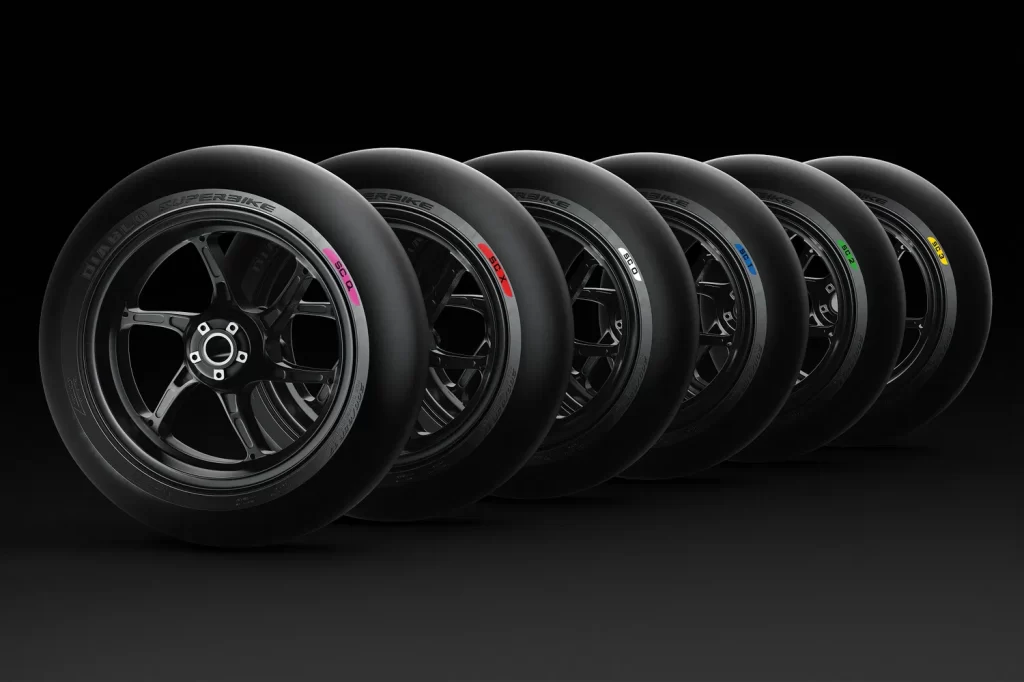-
The new Triumph Rocket III has been spied testing.
-
A new 2500- to 2800cc, 180- to 200 bhp engine is expected.
-
The new bike looks more modern and aggressive.
We reported earlier that a new Triumph Rocket III may be on the way. It is now confirmed as the prototype has been caught testing without camouflage.
Triumph was forced to stop production of the previous Rocket III due to Euro4 regulations. It is still being sold in the United States, however.
As with the leaked photo, the new bike features a new styling. The new design updates the Rocket from a classic to a thoroughbred power cruiser. Triumph had wanted to compete with the Ducati Diavel and Harley-Davidson V-Rod, so the new look is in the ballpark.
What We Can See from the Photos
The new Rocket III prototype seems ready for production.
The engine cylinder head cover looks new, but the starkest detail are the exhausts. There is a new 3-into-1-into-2 piping with slash-cut tips.
The engine definitely looks bigger and the capacity should see between 2500 to 2800cc. As such, we expect the power output to fall between 180 to 200 bhp.
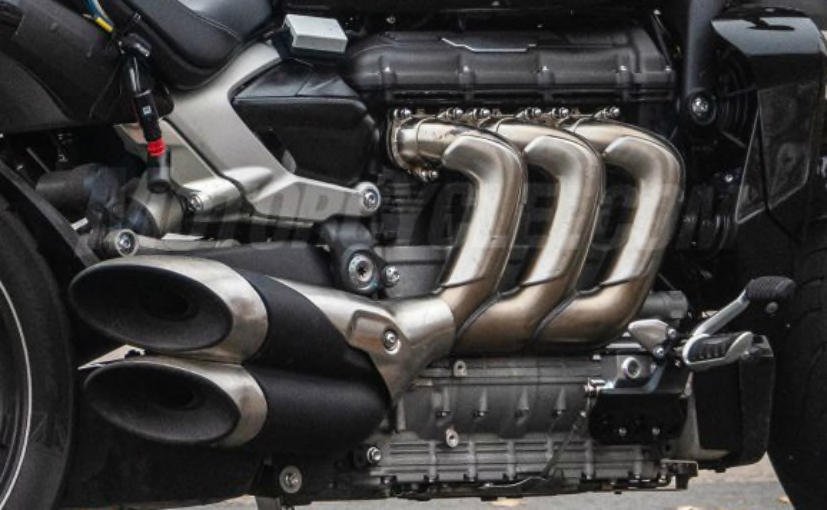
The frame also appears to be new. As for the chassis, there is now a rear monoshock while the forks are upside down. Final drive is still shaft drive but the swingarm is now single-sided. Radial-mounted Brembo Monobloc calipers clamp on superbike discs.
In the styling department, the dual headlamps are retained but they are now LED. The taillight has been redesigned and it is also lit by LEDs. Besides that, the new bike looks beefier and more aggressive than its forebear.
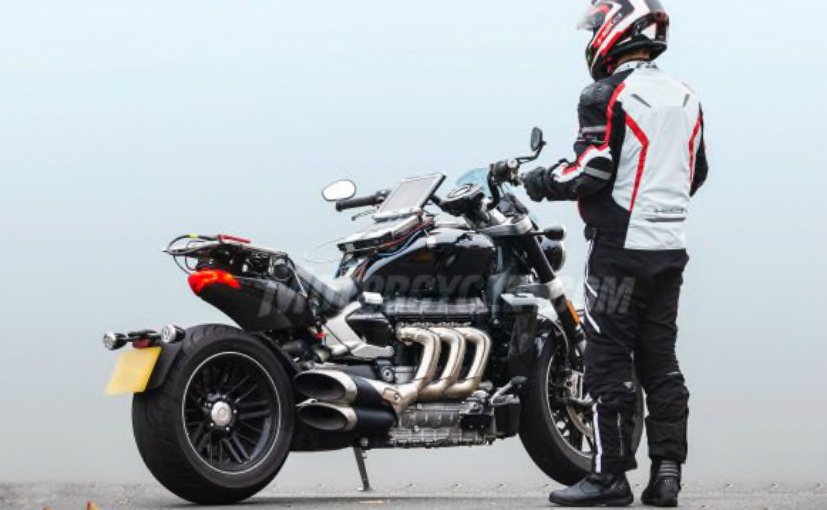
If you look closer at the top of the handlebar, you can see the new TFT display which first appeared on the 2019 Scrambler 1200. In which case it ought to feature Bluetooth connectivity and GoPro camera controls.
One last note. We would love to see people’s reactions when we tell them the engine capacity is 2500cc/2800cc.

